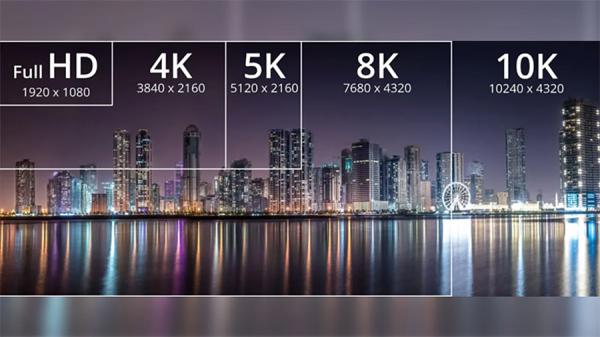New H.266 Video Codec is 50 Percent More Efficient Than H.265 and 75 Percent More Than H.264
By Benjamin Craig | 08-Jul-2020

Officially known as "H.266/Versatile Video Coding (VVC)", the new video codec has been put forward by the Fraunhofer Institute, a German organisation which has been at the forefront of leading audiovisual codec development for decades.
H.266 has been developed with the support of a gaggle of industry heavy-weights, including Apple, Ericsson, Intel, Huawei, Microsoft, Qualcomm and Sony. It's intended to be the successor to H.265 (HEVC), which itself is the relatively recent replacement for the venerable H.264.
According to Fraunhofer, the compression efficiency of H.266 (VVC) will cut the size of compressed video files by around 50%, compared to the same file compressed using H.265 (HEVC) - with no noticeable loss of quality. Compared to H.264, the saving would be a whopping 75%.
No encoding/decoding tools are commercially available yet, but Fraunhofer suggest these will start to appear from Autumn 2020. It will be a few years before H.266 is able to dethrone its older siblings, but the trajectory is great, both for streaming video and to support the inevitable 8K+ future.
Engadget has a bit more detail on the H.266 announcement: New H.266 codec uses half the data to stream 4K video.
Comments
